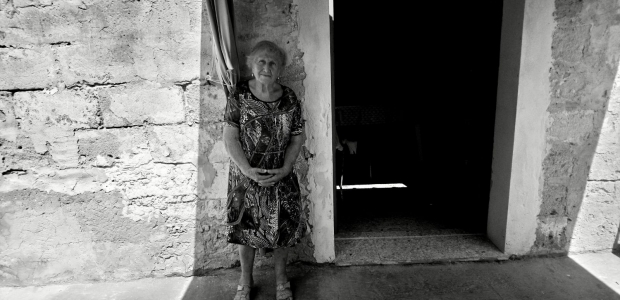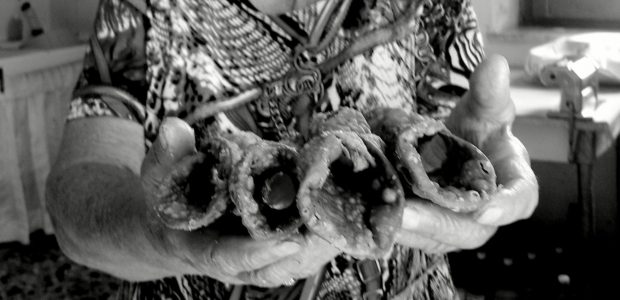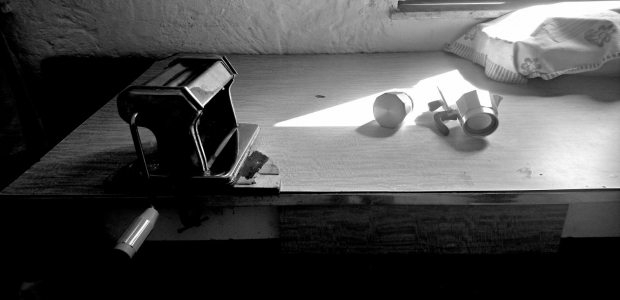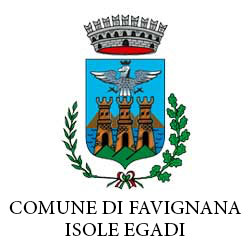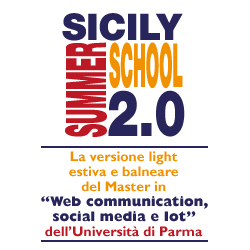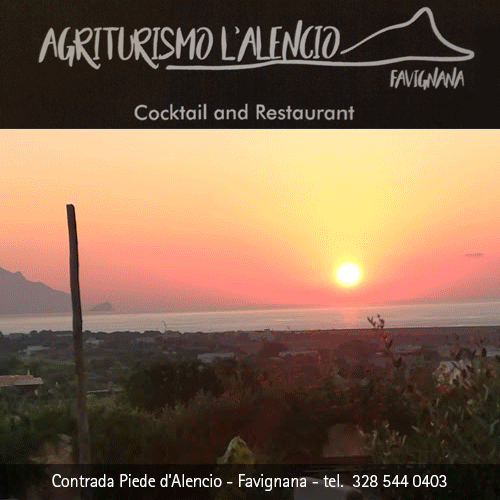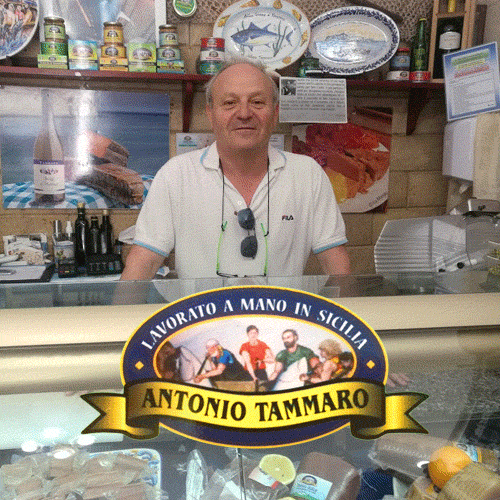Languages
For Clara. #Favignana
From '46 she makes Sicilian cannoli. Simply with lard, flour and water.
In Favignana there are so many blue.
Dark blue: intense, electric; the blue-green: peaceful, immense; the cobalt blue: enchanting, poetic; and blue turning to white as the wind swells the waves and they foam swallowing the sand.
Versione originale e completa:
http://lauragobbi.blogspot.it/2017/09/per-clara-favignana.html
Tutte le foto © Laura Gobbi 2017.
Then, the blue: disruptive and overpowering. Clear spots that take off your breath, but then they give it back to you.
There is also a special blue which has no time, a blue that you can find just in certain areas of the island, but you can see only in one place. A blue that has experienced so much.
It’s Clara’s Blue.
At Favignana, and even more in the continent, everyone knows her for her cannoli. No need to put the surname to send her a letter or a postcard. Just write on the envelope: to Clara, Favignana. And it all comes.
About Clara, born in 1927, her bright eyes speak; her hands tell a story. And “sunnu anni che stu core batte” (“ this heart’s been beating since many years”)
Since '46 she makes Sicilian cannoli. The "scorcia" as a fellow villager taught her, simply using lard, flour and water. And even today, every morning she goes in her kitchen and begins to knead. Now as then.
Wise, not only for her age, but especially for what her eyes have seen and her hands have transformed. Hands that speak: Strong, Powerful, Full of Life. A firm grip from which intense energy flows, and you wonder where it comes from. Then, however, you image it. Hands that have never found a moment of rest, because it was never necessary.
She never got married. Maybe she had some love. She had a love-mate who one day offered her another life in Trapani, but it was not as good as her Favignana, as the love for her family, as the attachment to her land. And then, perhaps, it was not his design, because Clara has always got by, and so she does today: “Perché io me la so vedere di maschio e di femmina” ("Because I know how to deal with both a male and a female").
A life of sacrifice, but of great satisfaction as well. Only a few times she left the island, sometimes she goes to visit her brother, but leaving the island is a kind of betrayal. “Se ogni cane che abbaia ci tiri una pietra, si incagna di più, e non rimangono più pietre.” (“If you throw stones to every dog barking, it becomes more angry and you remain without stones.”). The philosophy of not listening to empty words and to let it go, to give the right value to things and accept what is given to us because, in the end, “chi si accontenta gode” ("Be happy with what you got")
Ninety years and a timeless beauty. Elegant in manners and words, as gentle and enveloping as the "scorcia" dough wrapping the reeds that she cuts and prepares to shape the cannoli. The dignity of whom had little nevertheless having it all; the awareness of being always and in any case a female, and a charme whispering to you a timeless serenity. “Quando il cielo è pulito non ho paura dei tuoni” "When the sky is clean I'm not afraid of thunder"
When you are in peace with your conscience, when you wake up and you don’t have to be afraid to see what the mirror reflects, the sky is clear, the sun shines. There is nothing to fear. Everything has its right measure, you just have to listen and listen. Having the courage to look inside and accept what's in it. Just few hours with Claretta, "a' latterina", and you’ll fill up with life. You understand. You put up with everything. You put your things in order. You accept. Because: “la pietra non può tuzzare col vetro” (“the stone cannot beat the glass”).
